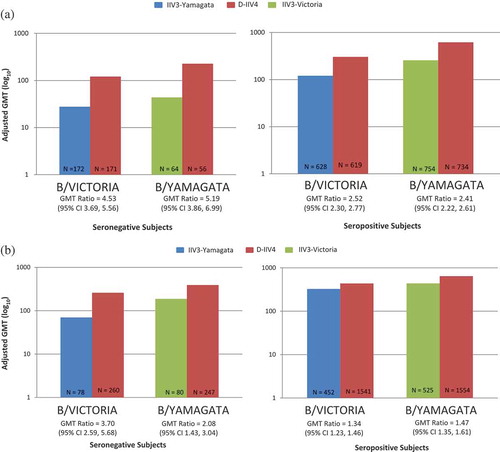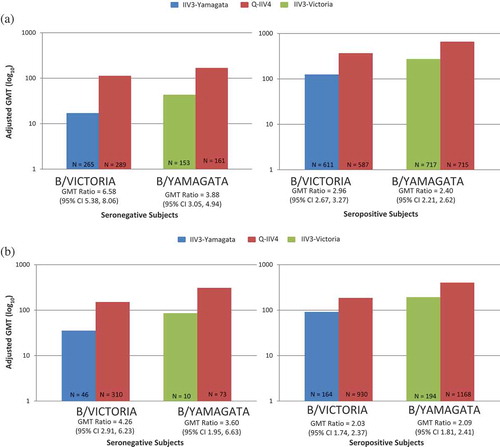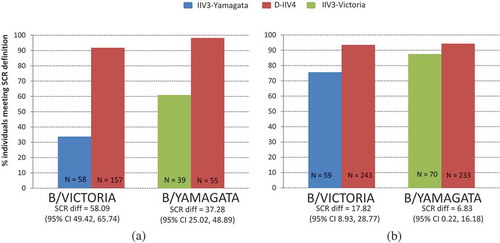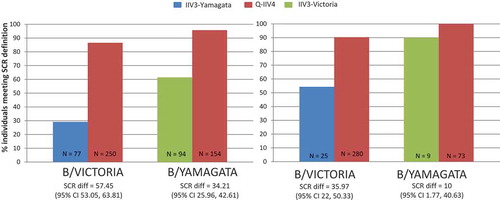Figures & data
Table 1. Examples of impact of B-lineage mismatch on vaccine effectiveness.
Table 2. Vaccine protection and immunogenicity criteria for licensure.




